Home>Garden Essentials>Garden Storage>How To Rebuild Your Wardrobe


Garden Storage
How To Rebuild Your Wardrobe
Modified: January 24, 2024
Learn how to rebuild your wardrobe and maximize storage space. Discover practical tips and tricks for organizing your clothes and creating a functional closet.
(Many of the links in this article redirect to a specific reviewed product. Your purchase of these products through affiliate links helps to generate commission for Storables.com, at no extra cost. Learn more)
Introduction
Building and maintaining a well-curated wardrobe is a journey that many of us embark on at some point in our lives. Whether you’re starting from scratch or looking to refresh your current collection, the process of rebuilding your wardrobe can be both exciting and overwhelming.
In this article, we will guide you through the steps to rebuild your wardrobe, helping you create a collection that not only reflects your personal style but also meets your everyday needs. From assessing your current wardrobe to incorporating trends and investing in quality pieces, we’ll cover all the essential aspects of rebuilding your wardrobe.
Before we dive in, it’s important to note that rebuilding your wardrobe is a gradual process. It requires thoughtful consideration and a commitment to investing in long-lasting pieces. While trends come and go, a well-curated wardrobe is built on timeless and versatile items that can be mixed and matched to create endless outfit options.
So, if you’re ready to embark on a style transformation and rebuild your wardrobe with intention, let’s get started.
Key Takeaways:
- Rebuilding your wardrobe involves assessing your current collection, identifying your personal style, and investing in quality, timeless pieces. Embrace thrift shopping and trends selectively to create a versatile and sustainable wardrobe.
- Regularly maintain and upgrade your wardrobe to ensure its longevity and relevance. Embrace your style evolution and have fun creating a wardrobe that brings you joy and confidence every day.
Read more: How To Minimize Your Wardrobe
Assessing Your Current Wardrobe
Before you begin rebuilding your wardrobe, it’s important to take stock of what you already have. This step will help you identify the gaps in your collection and prevent you from purchasing duplicate items.
Start by emptying your entire wardrobe onto your bed or a designated space. Evaluate each piece of clothing, including tops, bottoms, dresses, jackets, and accessories. Ask yourself the following questions:
- Does this item still fit me?
- Have I worn it within the past year?
- Does it align with my personal style?
- Is it in good condition?
Take note of the items that no longer meet these criteria. These are the pieces that you may want to donate, sell, or recycle. Decluttering your wardrobe will not only create more space, but it will also allow you to have a clearer vision of what you truly enjoy wearing.
As you evaluate your current wardrobe, identify any key items that are missing or need to be replaced. For example, if you notice that you lack basic tops or essential wardrobe staples, make a list of these items so you can prioritize them when shopping.
Remember, the goal is to create a wardrobe that is versatile and suits your lifestyle, so pay attention to the types of clothing you wear on a regular basis. If you work in a professional setting, focus on building a collection that includes appropriate work attire. If you’re more casual, invest in comfortable and stylish everyday essentials.
By honestly assessing your current wardrobe, you’ll have a solid foundation from which to rebuild. This process will help you declutter, determine your style preferences, and identify the specific items you need to add for a well-rounded and functional wardrobe.
Decluttering and Organizing
As you embark on the journey of rebuilding your wardrobe, decluttering and organizing your clothing collection is a crucial step. By streamlining your belongings, you’ll create a more functional and visually appealing wardrobe space.
Here are some tips to help you declutter and organize your wardrobe:
- Sort through your clothes: Divide your clothes into categories such as tops, bottoms, dresses, and outerwear. As you go through each category, assess each item by asking yourself if it still fits, if you enjoy wearing it, and if it’s in good condition. Set aside items that no longer meet these criteria for donation or resale.
- Create a system: Find an organization method that works for you. This can be arranging your clothes by type, color, or season. Use hangers, dividers, and storage bins to keep everything tidy and easily accessible.
- Maximize your space: If you have limited closet space, consider using storage solutions such as under-bed storage, hanging organizers, or collapsible bins. Use vertical space by installing hooks or a hanging shoe rack on the back of your closet door.
- Rotate seasonal clothing: To maximize your wardrobe space and keep it clutter-free, consider storing off-season clothing in vacuum-sealed bags or storage boxes. This will make it easier to access items that are currently in season.
Decluttering your wardrobe not only makes it easier to see and access your clothing options but also helps you identify what you truly love and enjoy wearing. Remember, quality over quantity is key when rebuilding your wardrobe.
As you organize your wardrobe, take the opportunity to assess your accessories as well, such as shoes, handbags, and jewelry. A well-organized collection of accessories can enhance and add versatility to your outfits.
By decluttering and organizing your wardrobe, you’ll create a visually pleasing and functional space that will make getting dressed a breeze. Plus, it will make it easier for you to see the gaps in your collection and determine what items you need to prioritize when rebuilding.
Identifying Your Style
One of the most important aspects of rebuilding your wardrobe is identifying your personal style. Understanding your unique preferences and aesthetic will help guide your shopping choices and ensure that your new wardrobe truly reflects who you are.
Here are some steps to help you identify your style:
- Explore fashion inspiration: Look for inspiration in various sources such as fashion magazines, style blogs, social media platforms, and even celebrity fashion. Save images of outfits or styles that catch your eye and resonate with you. This will help you pinpoint common themes and aesthetics.
- Analyze your favorite pieces: Take a close look at the clothes you currently own and feel the most confident and comfortable in. Identify any recurring patterns in terms of color, silhouette, or fabric. Pay attention to the mood and vibe these pieces exude.
- Consider your lifestyle: Your personal style should align with your lifestyle and activities. Think about the occasions you typically dress for, whether it’s work, casual outings, or special events. This will help you determine the types of clothing and accessories you need to prioritize.
- Identify your color palette: Determine the colors that you are naturally drawn to and feel most confident in. This will serve as a guide when selecting new items for your wardrobe. A cohesive color palette will ensure that everything in your collection can be mixed and matched easily.
- Take note of your body shape: Understanding your body shape will assist you in choosing the most flattering silhouettes. Whether you’re an hourglass, pear, apple, or rectangle, knowing how to enhance your best features will help you feel more confident.
Remember, personal style is a reflection of your individuality, and there are no right or wrong answers. It’s all about expressing yourself and feeling authentic in what you wear. Pay attention to what makes you feel good and confident, and let that guide your wardrobe choices.
Once you have a clear understanding of your personal style, you can start selecting pieces that align with your aesthetic, making your wardrobe rebuilding process more focused and intentional.
Basic Wardrobe Essentials
When rebuilding your wardrobe, it’s important to start with a solid foundation of basic wardrobe essentials. These are timeless, versatile pieces that serve as the building blocks for a variety of outfits. Here are some key wardrobe essentials to consider:
- White button-down shirt: A classic white button-down shirt can be dressed up or down and pairs well with jeans, skirts, or tailored pants. Look for one in a high-quality fabric that flatters your body shape.
- Little black dress (LBD): Every closet needs a little black dress for those special occasions. Opt for a style that is versatile and can be dressed up or down with the right accessories.
- Dark wash jeans: A well-fitting pair of dark wash jeans is a staple in any wardrobe. They can be easily dressed up with a blazer or dressed down with a casual top.
- Black pants: Whether it’s tailored trousers or sleek black leggings, having a pair of black pants is essential for a polished and versatile look.
- Classic blazer: A tailored blazer instantly elevates any outfit and adds a touch of sophistication. Look for one in a neutral color like black, navy, or gray.
- White t-shirt: A basic white t-shirt is a versatile piece that can be worn alone or layered under jackets and cardigans. Invest in one made with high-quality fabric that fits well.
- Black pumps: A pair of black pumps is a timeless footwear option that goes with virtually everything. Look for a comfortable yet stylish pair with a moderate heel height.
- Neutral cardigan: A neutral-colored cardigan is a versatile layering piece that can be worn over dresses, tops, or paired with jeans. Choose one in a soft and cozy fabric.
- Classic trench coat: A trench coat adds an elegant and sophisticated touch to any outfit. Look for one in a classic neutral color like beige or black.
- Versatile handbag: Invest in a high-quality handbag that can be used for both everyday wear and special occasions. Opt for a style and color that complements your personal style.
These are just a few examples of basic wardrobe essentials. Depending on your personal style and lifestyle, you may have different items that you consider essential. The key is to choose versatile pieces that can be mixed and matched to create a variety of stylish outfits.
By starting with these foundational pieces, you’ll have a solid base from which to build your wardrobe, making it easier to incorporate new trends and statement pieces as you continue to rebuild your collection.
Read more: How To Clean Your Wardrobe
Building a Capsule Wardrobe
A capsule wardrobe is a curated collection of essential clothing items that can be mixed and matched to create a multitude of outfits. It’s a strategic approach to building a functional and versatile wardrobe while minimizing clutter and maximizing outfit options. Here’s how you can build your own capsule wardrobe:
- Define your color palette: Choose a color palette that consists of complementary shades and neutrals. This will ensure that all the pieces in your capsule wardrobe can easily be mixed and matched.
- Identify your core pieces: Start by selecting your core wardrobe staples, such as basic tops, bottoms, and outerwear. These should be timeless, versatile, and representative of your personal style.
- Add statement pieces: Mix in a few statement pieces that add personality and interest to your capsule wardrobe. These can be unique prints, bold colors, or trendy accessories that reflect your individuality.
- Create outfit combinations: Experiment with different combinations using the pieces in your capsule wardrobe. Aim for a variety of looks, from casual to dressy, that can be adapted to different occasions.
- Consider your lifestyle: Tailor your capsule wardrobe to fit your specific lifestyle needs. If you have a more formal work environment, include appropriate office attire. If your lifestyle is more casual, prioritize comfortable and versatile pieces.
- Eliminate excess: Keep your capsule wardrobe streamlined by removing any items that don’t fit your color palette or personal style. Donate or sell these items to make room for new additions.
- Invest in quality pieces: When building a capsule wardrobe, it’s important to prioritize quality over quantity. Invest in well-made, durable pieces that will stand the test of time and retain their style and shape.
- Rotate seasonally: To keep your capsule wardrobe relevant throughout the year, rotate out seasonal items. Store off-season clothes in a designated space and swap them out as the seasons change.
- Shop intentionally: When adding new pieces to your capsule wardrobe, shop with intention. Consider how each item will fit into your existing collection and how it will contribute to creating new outfit combinations.
- Maintain and refresh: Regularly evaluate and refresh your capsule wardrobe to ensure it continues to meet your needs and reflects your evolving personal style. Replace worn-out or outdated items as necessary.
Building a capsule wardrobe takes time and careful consideration, but it will result in a collection of clothing that is cohesive, versatile, and sustainable. By focusing on quality, versatility, and your personal style, you’ll create a wardrobe that truly represents you and makes getting dressed a breeze.
When rebuilding your wardrobe, start by investing in classic, versatile pieces like a well-fitting blazer, a white button-down shirt, and a pair of tailored trousers. These timeless items can be mixed and matched to create a variety of stylish looks.
Investing in Quality Pieces
When rebuilding your wardrobe, it’s important to prioritize investing in quality pieces. While fast fashion may seem tempting due to its affordability, choosing well-made, durable garments will not only save you money in the long run but also contribute to a more sustainable and environmentally-friendly approach to fashion. Here are some reasons why investing in quality pieces is worth it:
- Longevity: Quality garments are designed to last. They are made with superior fabrics and construction techniques that ensure the garment can withstand regular wear and washing without losing shape or color. By investing in quality pieces, you’ll save money by not having to constantly replace items that quickly become worn out or damaged.
- Timeless style: Quality pieces often have a timeless aesthetic that transcends trends. They are versatile and can be worn season after season, making them a valuable addition to your wardrobe. When selecting quality pieces, opt for classic silhouettes and neutral colors that can be effortlessly mixed and matched.
- Comfort and fit: Quality garments are more likely to be crafted with attention to detail and precision. This means they are more likely to provide a better fit, enhancing your comfort and confidence when wearing them. When clothes fit well, you’ll feel better about your appearance and enjoy a higher level of comfort throughout the day.
- Sustainability: Fast fashion is notorious for its negative impact on the environment. The production processes and disposable nature of these garments contribute to pollution, waste, and unfair labor practices. By investing in well-made, sustainable pieces, you’re supporting ethical fashion and reducing your own environmental footprint.
- Versatility: Quality garments are often designed with versatility in mind. They can be dressed up or down, easily transitioning from day to night or from casual to formal occasions. This provides you with more outfit options and allows for greater creativity in styling.
- Confidence boost: Wearing high-quality pieces enhances your confidence. When you know that you’re dressed in well-made, stylish clothing, it positively impacts your self-image and how you present yourself to the world. Investing in quality pieces allows you to feel good about your appearance and project confidence in all areas of your life.
While investing in quality pieces may require a larger initial investment, the benefits far outweigh the added cost. By carefully selecting well-made garments that align with your personal style and needs, you’ll build a wardrobe that not only stands the test of time but also reflects your values and enhances your overall style and confidence.
Thrift Shopping and Secondhand Options
When rebuilding your wardrobe, thrift shopping and exploring secondhand options can be a fantastic way to add unique and affordable pieces to your collection. Not only is thrift shopping budget-friendly, but it also promotes sustainability by giving pre-loved clothing a second life. Here are some reasons why thrift shopping and secondhand options should be part of your wardrobe rebuilding journey:
- Affordability: Thrift stores and online platforms for secondhand shopping offer clothing at significantly lower prices than traditional retail stores. This allows you to stretch your budget further and acquire a larger variety of items. You might even find high-quality designer pieces for a fraction of their original cost.
When thrift shopping, keep in mind that patience and persistence are key. It may take a bit of searching to find the perfect pieces, but the thrill of discovering hidden gems is part of the adventure. Explore local thrift stores, online marketplaces, and consignment shops to find a wide range of secondhand options.
So, embrace the world of thrift shopping and secondhand options as you rebuild your wardrobe. It’s an affordable, sustainable, and exciting way to add unique pieces to your collection while reducing your impact on the environment.
Incorporating Trends
In addition to building a timeless and versatile wardrobe, incorporating current fashion trends can add a fresh and modern touch to your style. While trends come and go, there are ways to tastefully incorporate them into your wardrobe without sacrificing your personal aesthetic. Here are some tips to help you navigate the world of trends:
- Stay informed: Keep up with current fashion trends by following fashion influencers, reading fashion magazines, and browsing fashion websites. This will help you stay aware of the latest styles and trends.
- Select selectively: Not every trend will resonate with your personal style, and that’s okay. Choose trends that align with your aesthetic and that you genuinely enjoy. Don’t feel compelled to follow every trend simply because it’s popular.
- Experiment with accessories: Accessories are a great way to incorporate trends into your outfits without committing to a full-on trend. Add a trendy handbag, statement jewelry, or a fashionable scarf to update your look.
- Layer with trendy pieces: Layering is an excellent way to add trendier elements to your outfits. Pair a trendy blouse under a classic blazer or add a trendy jacket over a basic dress or top.
- Opt for versatile pieces: When incorporating trends, focus on versatile pieces that can be mixed and matched with your existing wardrobe. This way, you can easily transition between trendy and timeless looks.
- Consider your lifestyle: Ensure that the trends you choose align with your lifestyle and the occasions you typically dress for. If you have a professional work environment, choose trends that are appropriate for the office.
Remember, incorporating trends is about enhancing your personal style and keeping your wardrobe current. It’s about staying true to yourself while embracing new and exciting elements.
By selectively incorporating trends that resonate with you, you can have a wardrobe that effortlessly blends classic pieces with stylish and on-trend elements, creating a unique and fashion-forward look that reflects your personal style.
Read more: How To Curate Your Wardrobe
Maintaining and Upgrading Your Wardrobe
Once you have successfully rebuilt your wardrobe, it’s important to maintain and regularly upgrade it to ensure its longevity and freshness. Here are some tips on how to effectively maintain and upgrade your wardrobe:
- Maintain proper care: Follow care instructions for each garment to ensure they remain in good condition. This includes washing clothes according to their specific requirements, properly storing them, and ensuring they’re free from stains or damages.
- Regularly declutter: Schedule regular decluttering sessions to reassess your wardrobe and remove items that no longer serve you. This will keep your wardrobe organized and prevent it from becoming cluttered over time.
- Invest in timeless pieces: While trends can be fun to incorporate, focus on investing in timeless pieces that will withstand the test of time. These pieces can be versatile and easily mixed and matched with other items in your wardrobe.
- Upgrade key staples: Selectively upgrade key staple items in your wardrobe to keep them fresh and relevant. These upgrades could include replacing worn-out basics, investing in higher quality versions of items, or adding new colors or variations of staple pieces.
- Update with accessories: Accessories can breathe new life into your existing wardrobe. Add statement jewelry, scarves, belts, or bags to freshen up your outfits and stay current with accessory trends.
- Follow fashion inspiration: Continue to stay inspired by fashion through magazines, online platforms, and fashion influencers. Incorporate new ideas and styles into your wardrobe to keep it updated and interesting.
- Consider alterations: If you have items that no longer fit properly or need small adjustments, consider taking them to a tailor for alterations. This can refresh their look and extend their lifespan.
- Shop with intention: When shopping for new additions, shop with intention and make thoughtful choices. Consider how each piece will enhance your wardrobe, its versatility, and its long-term value.
- Donate or sell unwanted items: Instead of throwing away unwanted clothing, donate or sell them to give them a new life. This promotes sustainability and reduces waste in the fashion industry.
- Stay true to your style evolution: As your personal style evolves, ensure that your wardrobe evolves with it. Embrace new trends or experiment with different styles that align with your current fashion preferences.
Remember, building and maintaining a wardrobe is an ongoing process. Regularly reassessing and upgrading your wardrobe ensures that it continues to meet your needs, reflects your personal style, and remains relevant in the ever-changing fashion landscape.
By implementing these maintenance and upgrade practices, you’ll have a wardrobe that is not only well-cared for but also reflects your style journey and fashion aspirations.
Conclusion
Rebuilding your wardrobe is an exciting and fulfilling journey towards creating a collection of clothing that truly reflects your style and meets your day-to-day needs. By following the steps outlined in this article, you can rebuild your wardrobe with intention, ensuring that each piece serves a purpose and contributes to a well-curated and versatile collection.
Start by assessing your current wardrobe, decluttering and organizing it to create space and clarity. Take the time to identify your personal style, selecting pieces that align with your aesthetic and lifestyle. Build a foundation of basic wardrobe essentials that can be mixed and matched to create numerous outfit options. Consider investing in quality pieces that will stand the test of time and provide you with comfort and confidence.
Don’t forget to explore thrift shopping and secondhand options to add unique and affordable pieces to your wardrobe while promoting sustainability. Embrace trends selectively, incorporating them into your style without compromising your personal aesthetic. Regularly maintain and upgrade your wardrobe, preserving its freshness and relevance.
Remember, rebuilding your wardrobe is a gradual process. Take your time, embrace your personal style evolution, and have fun along the way. Your wardrobe should be a collection that brings you joy and confidence every time you get dressed.
So, go ahead and embark on the journey of rebuilding your wardrobe. With our tips and guidance, you’ll be well on your way to creating a wardrobe that showcases your unique style and enhances your everyday life.
Frequently Asked Questions about How To Rebuild Your Wardrobe
Was this page helpful?
At Storables.com, we guarantee accurate and reliable information. Our content, validated by Expert Board Contributors, is crafted following stringent Editorial Policies. We're committed to providing you with well-researched, expert-backed insights for all your informational needs.
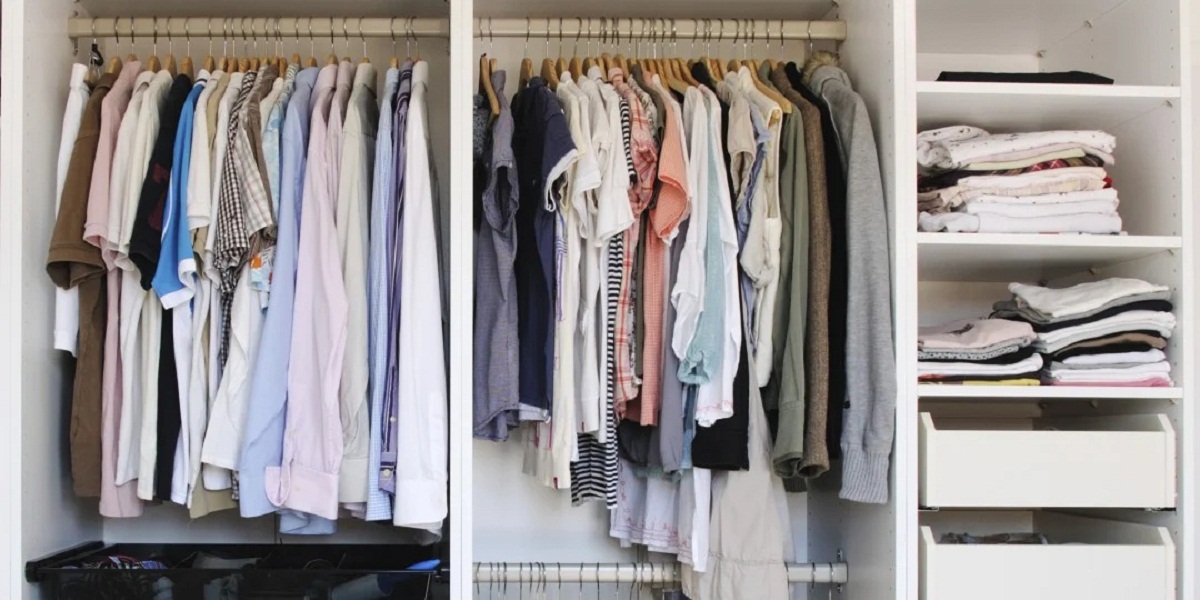
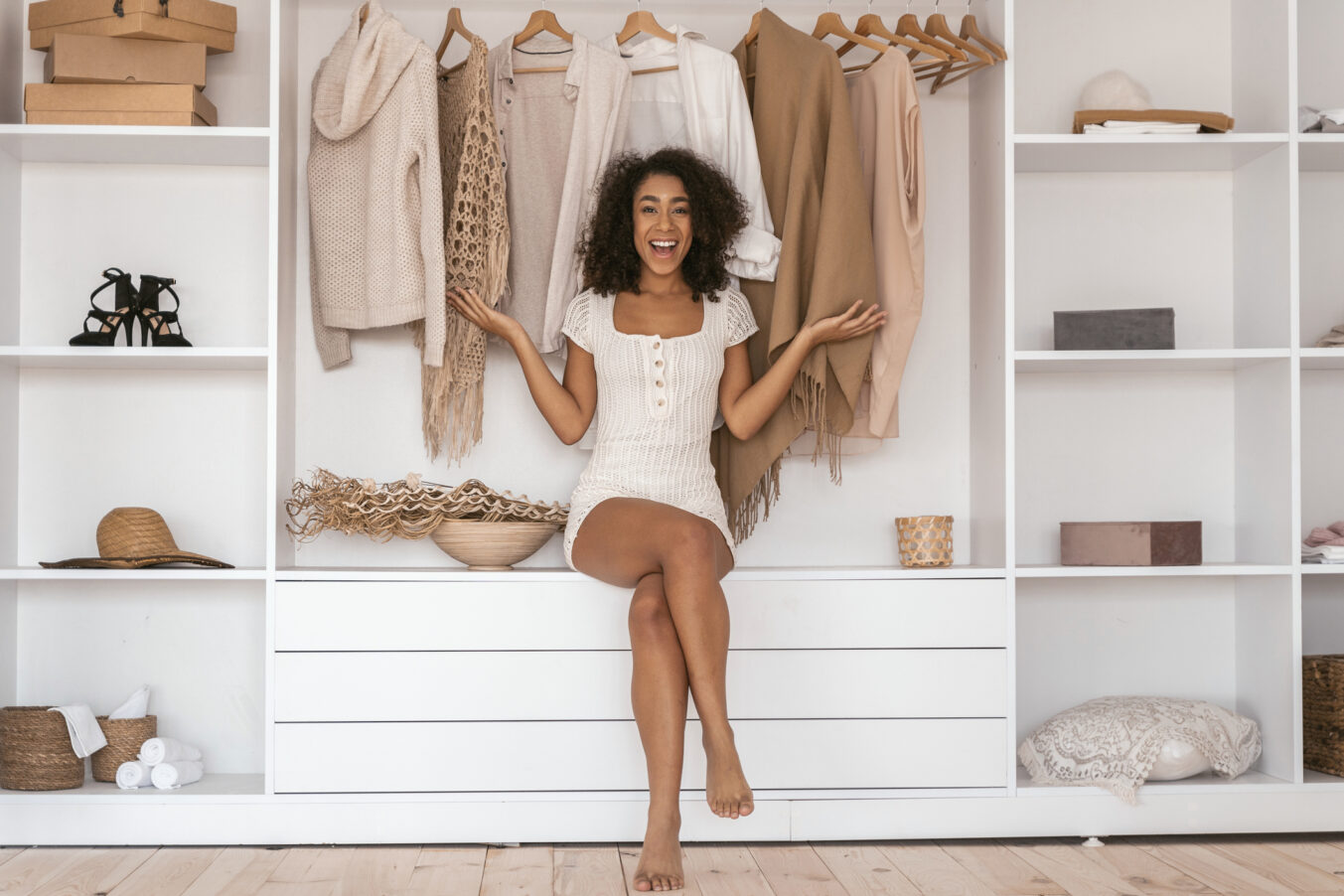
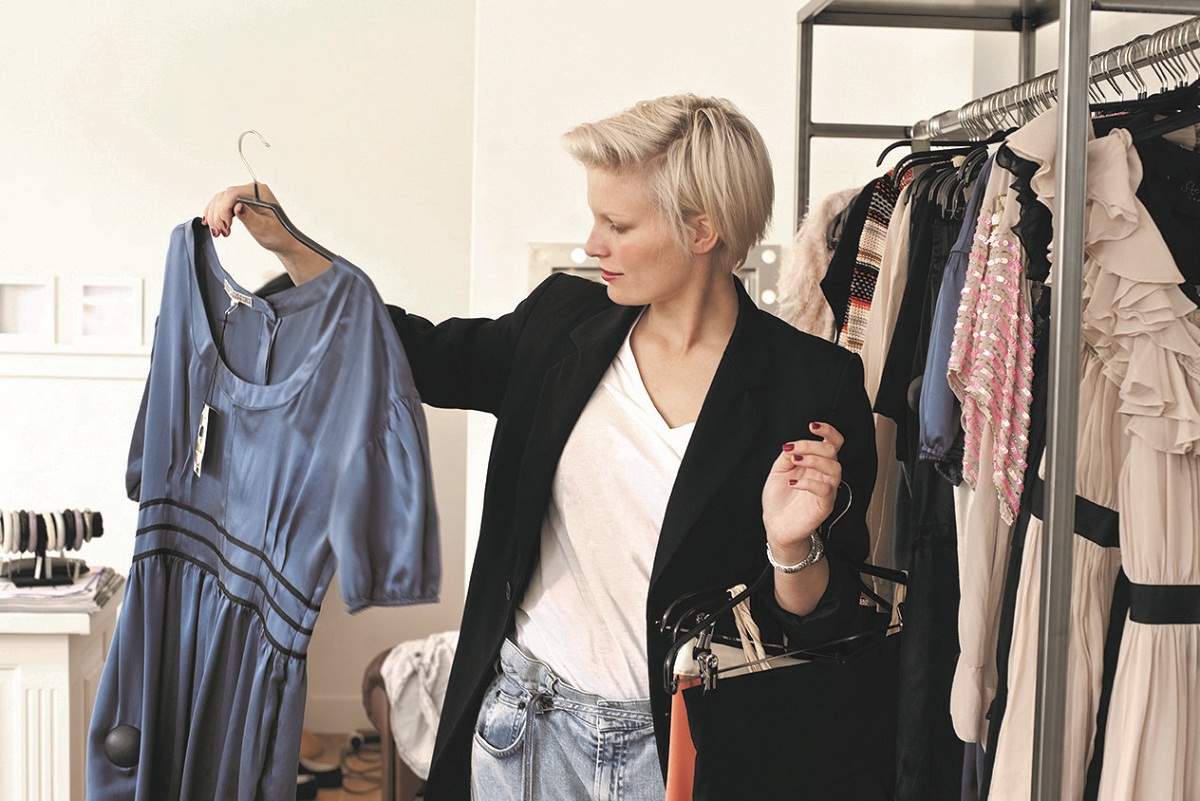
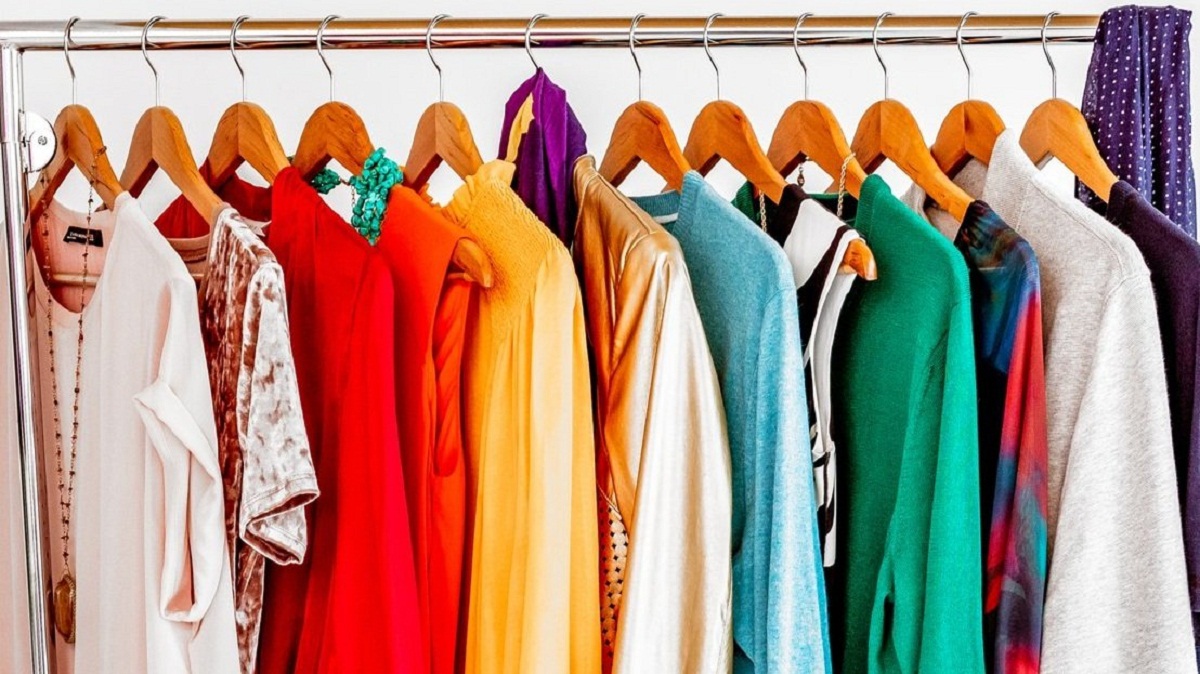
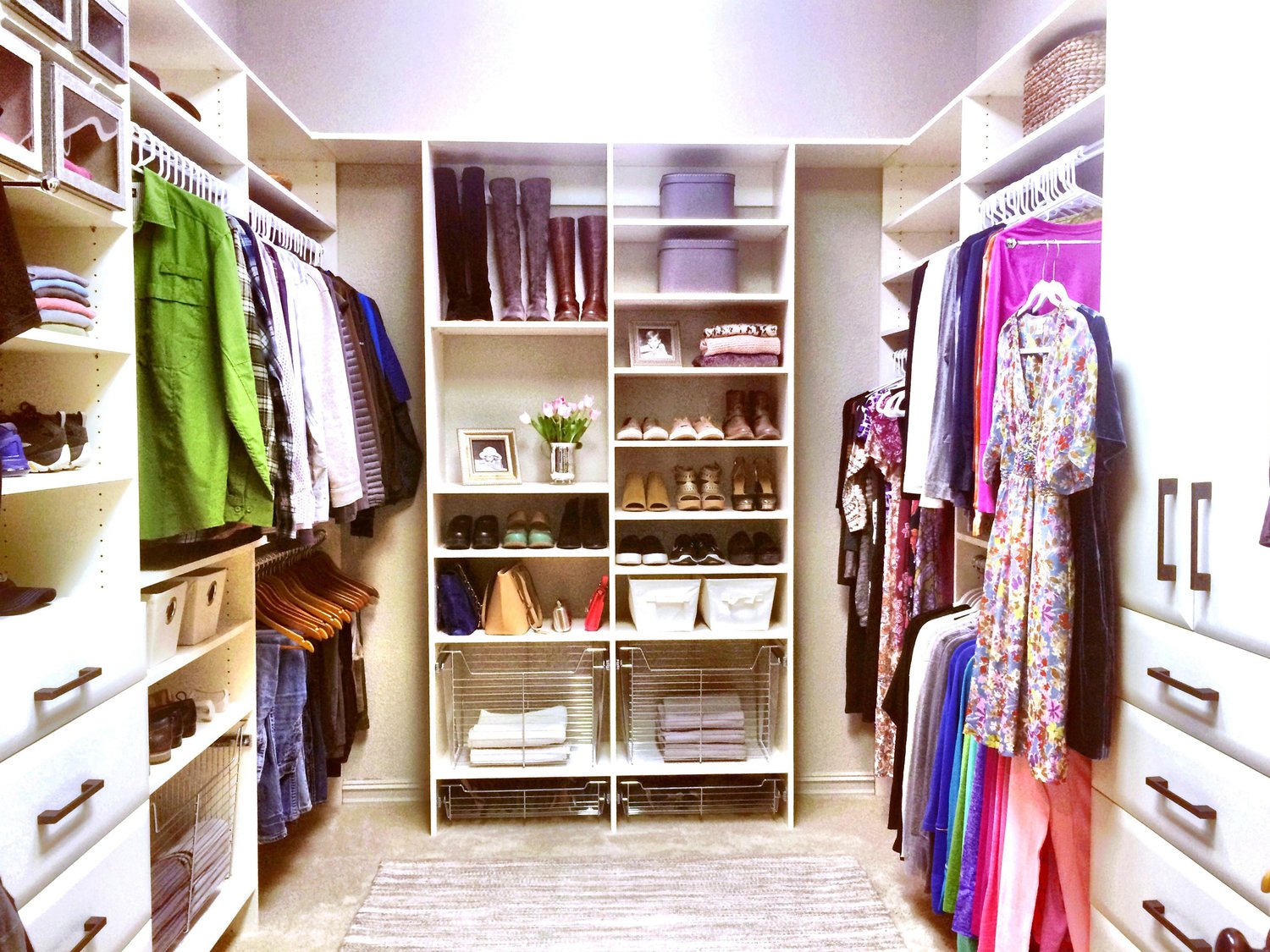
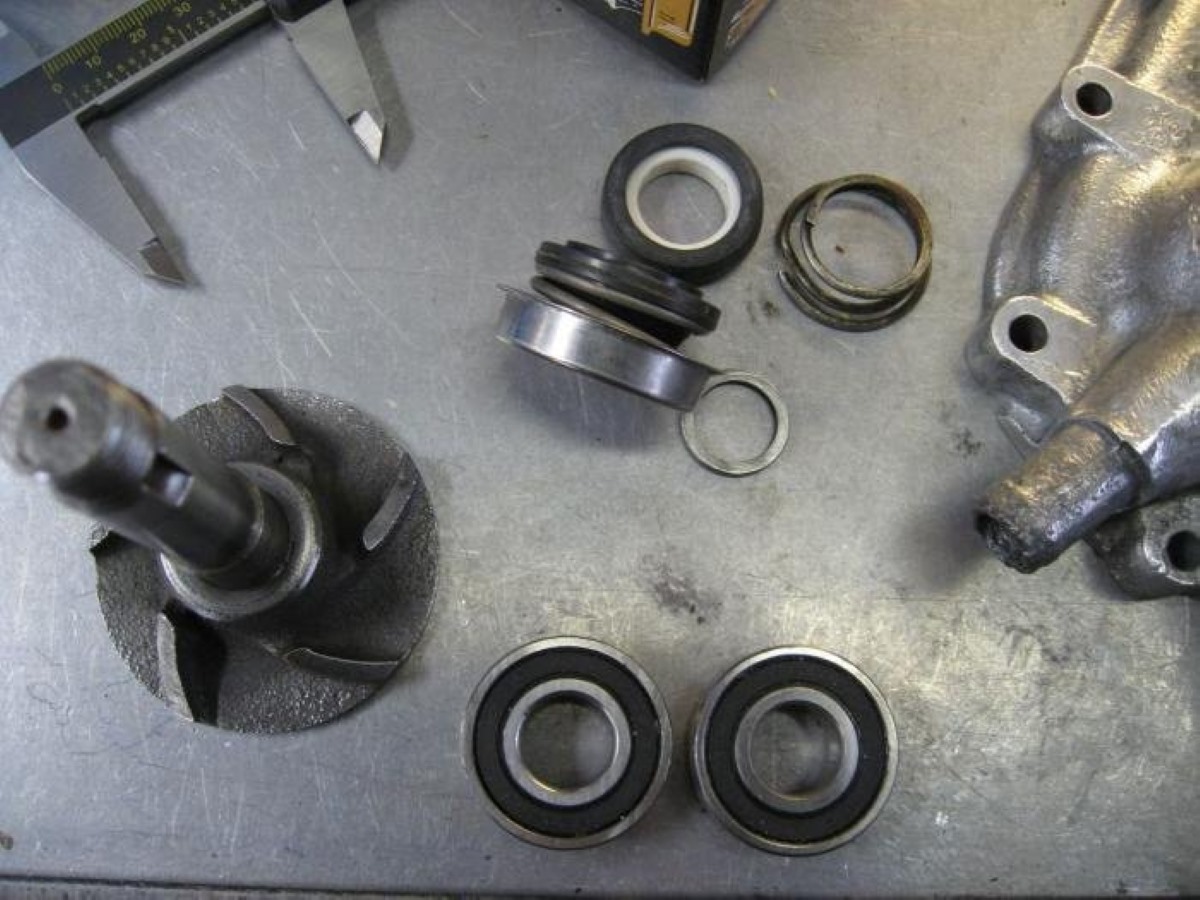
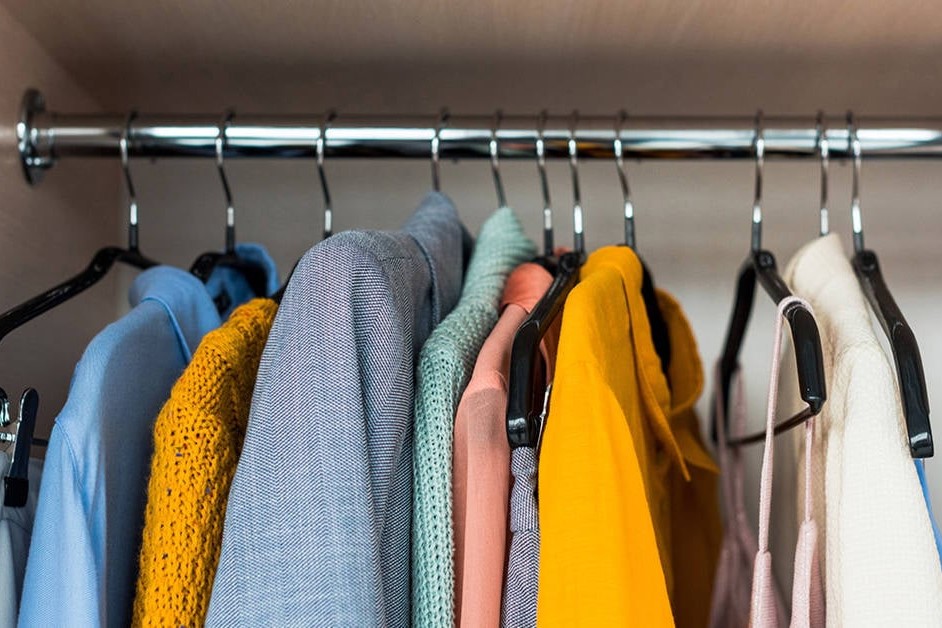

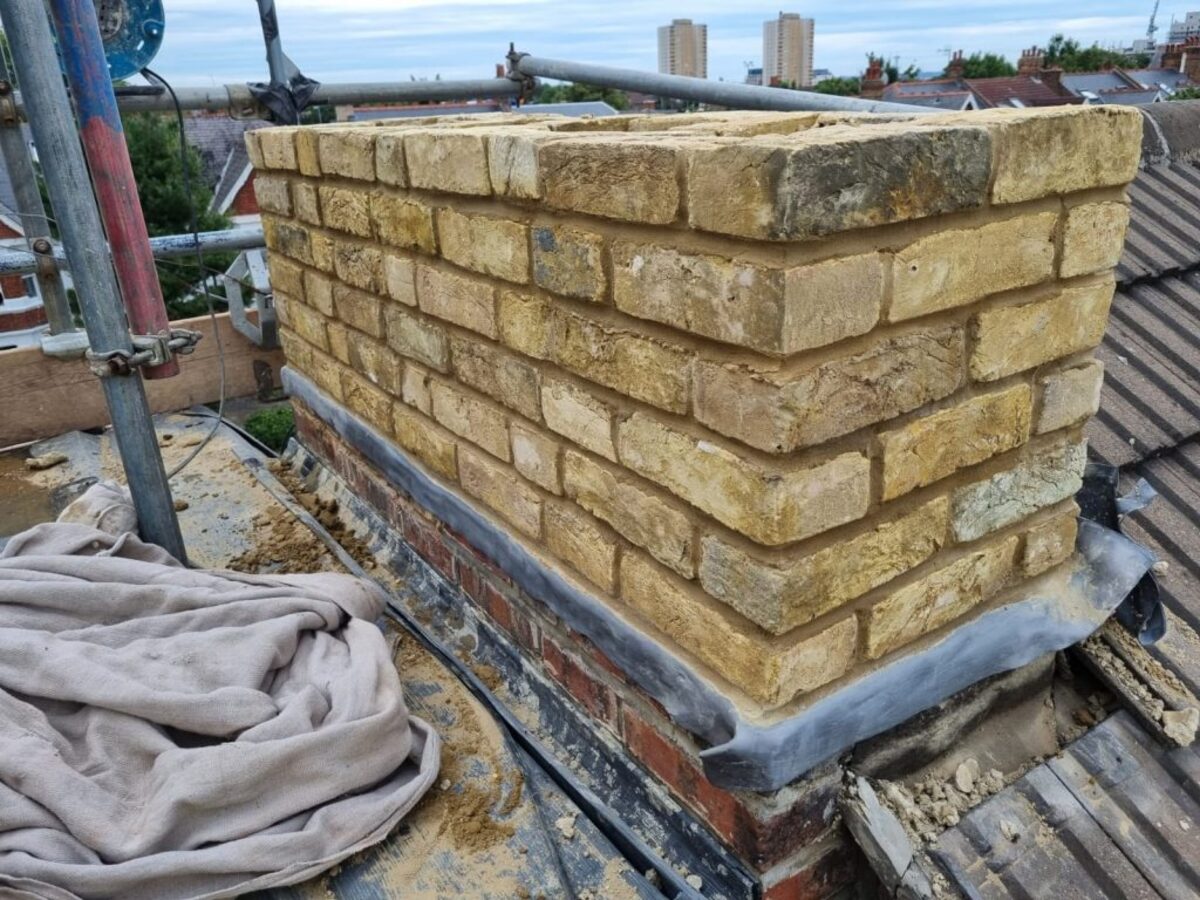
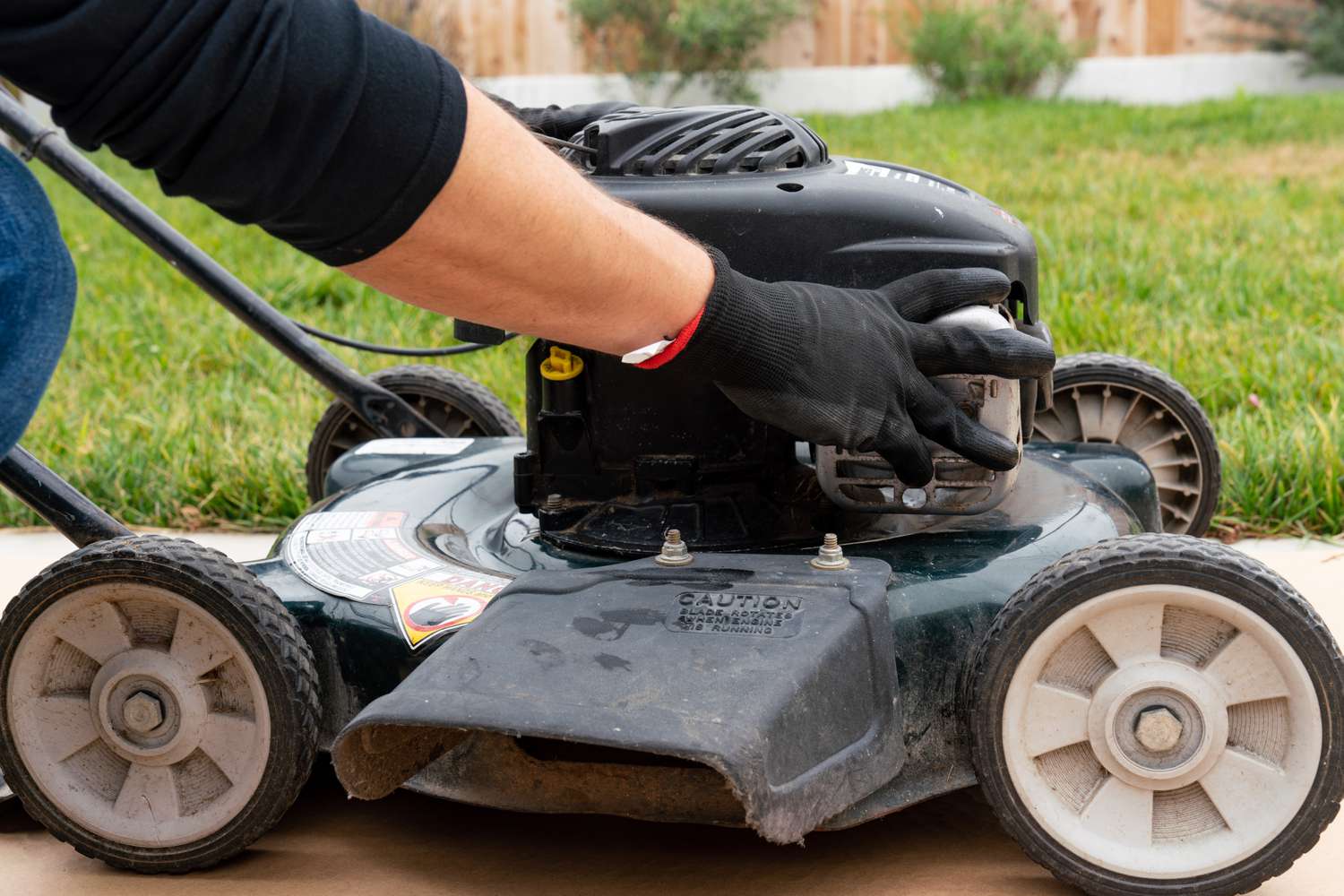
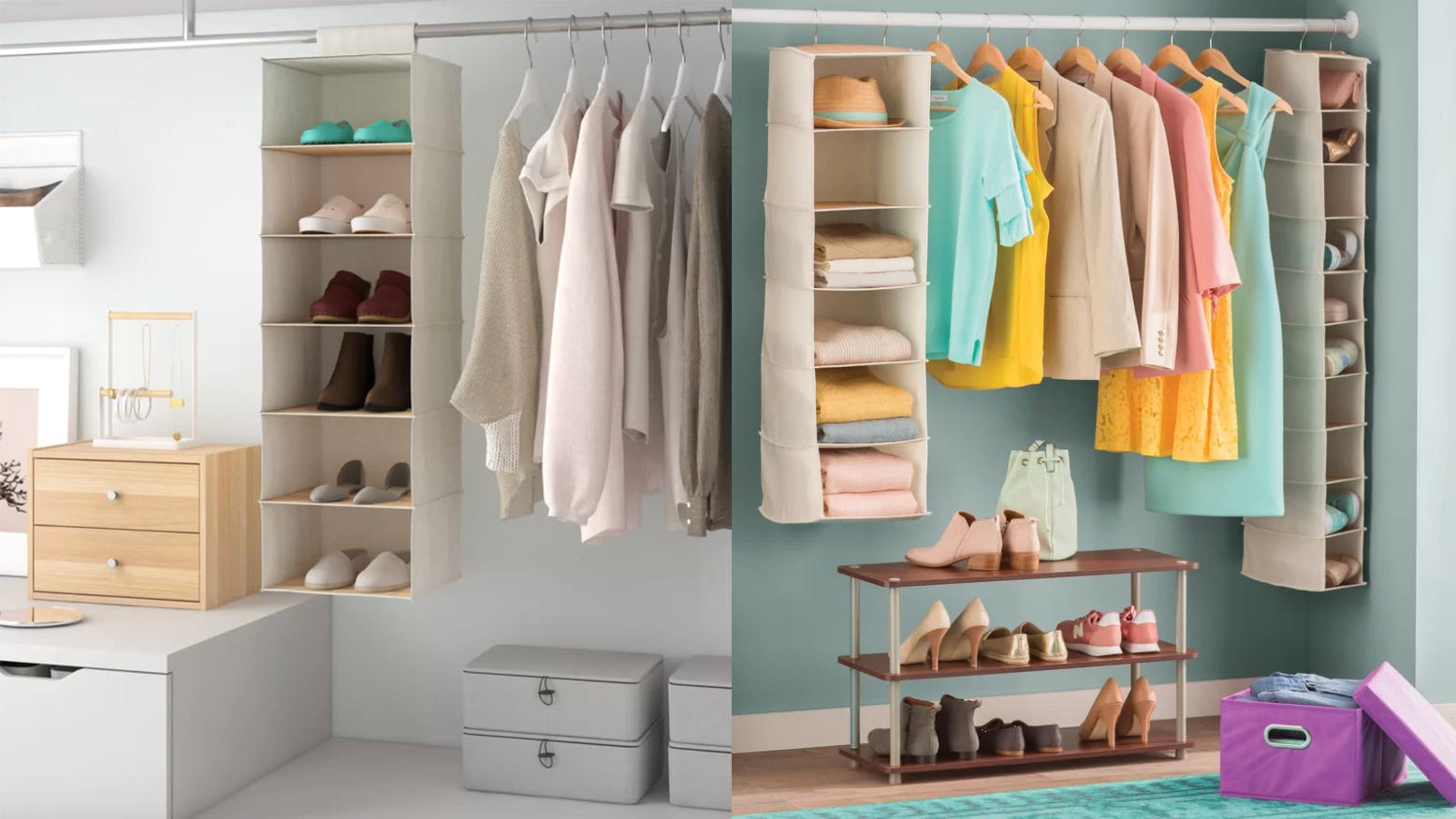
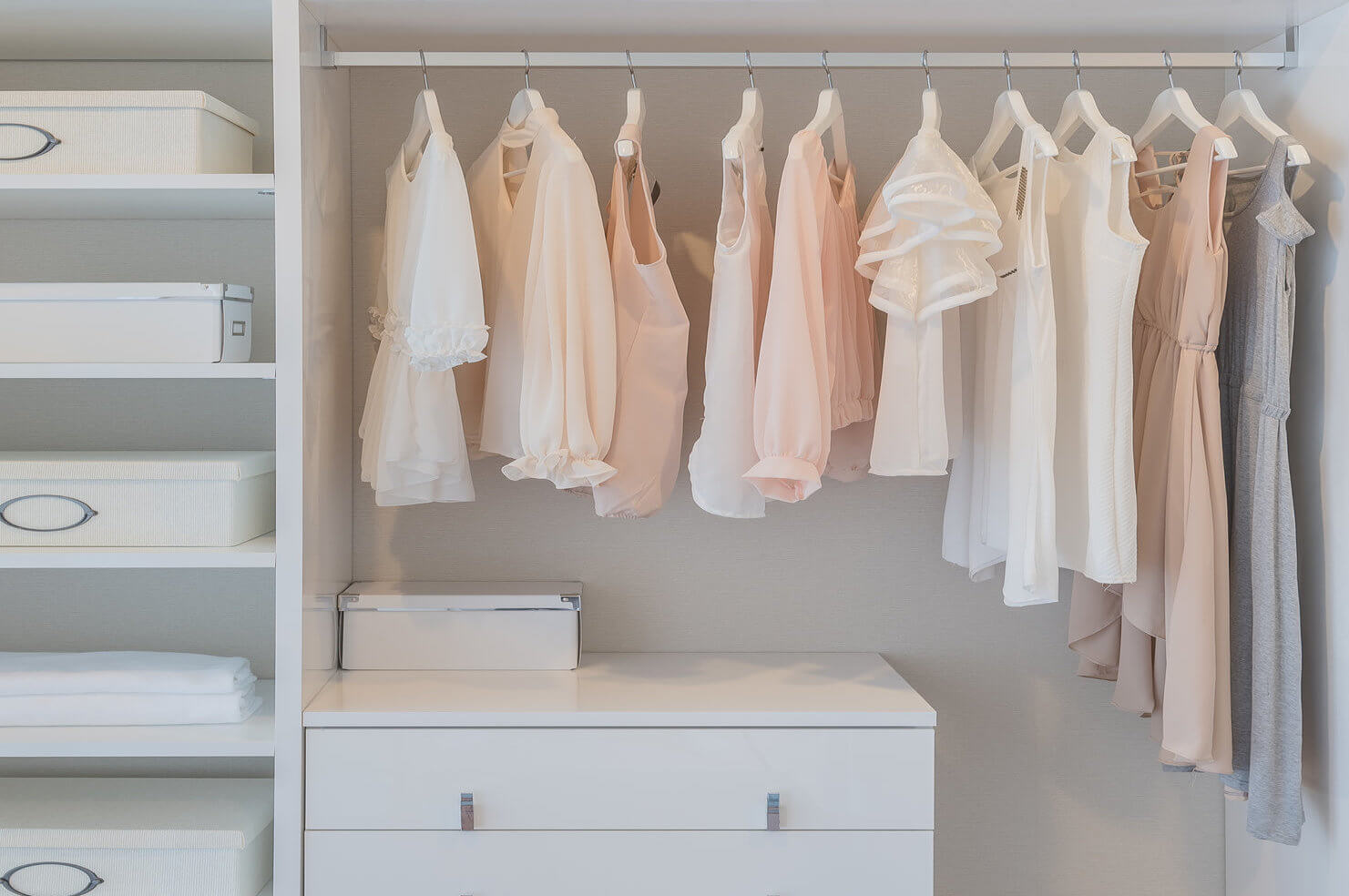
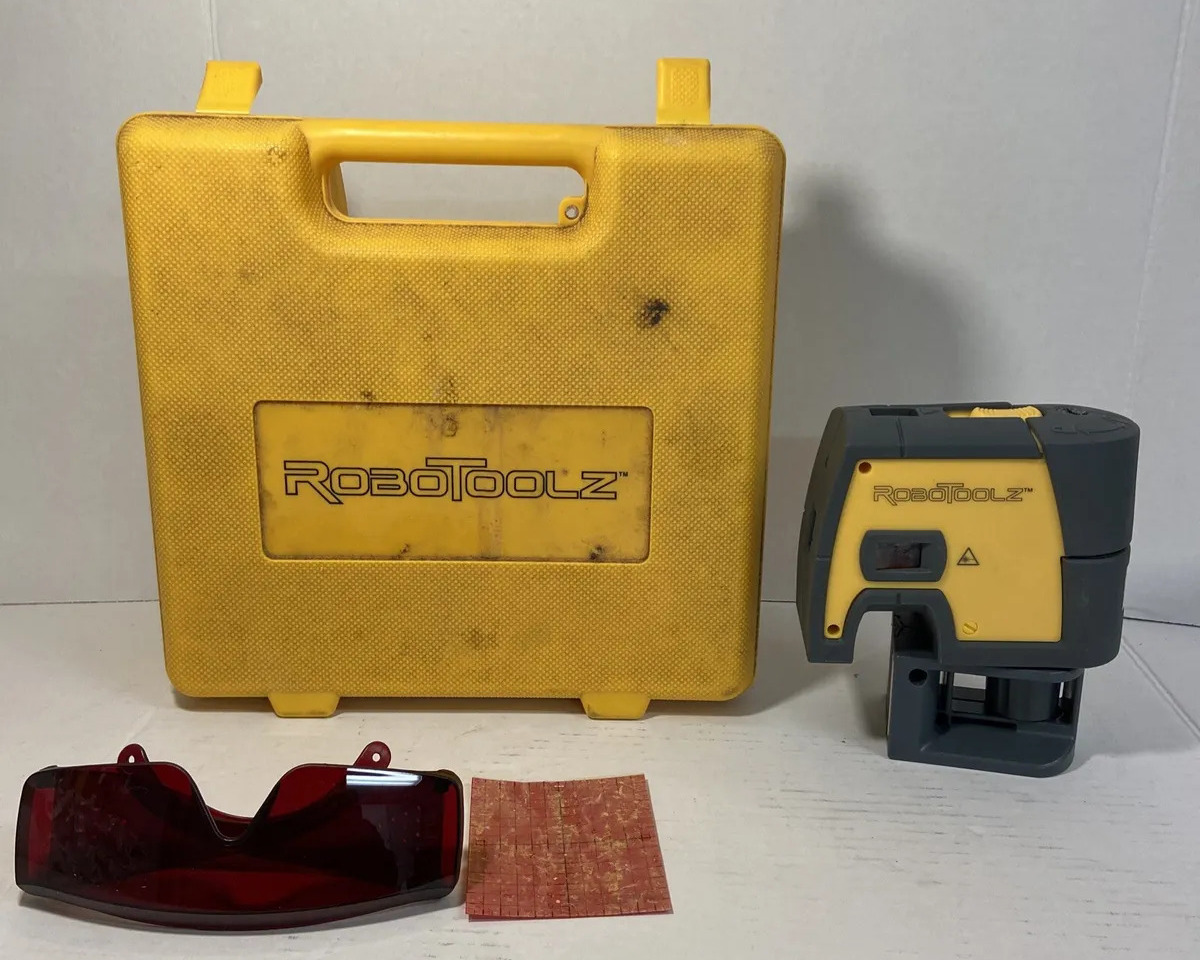

0 thoughts on “How To Rebuild Your Wardrobe”